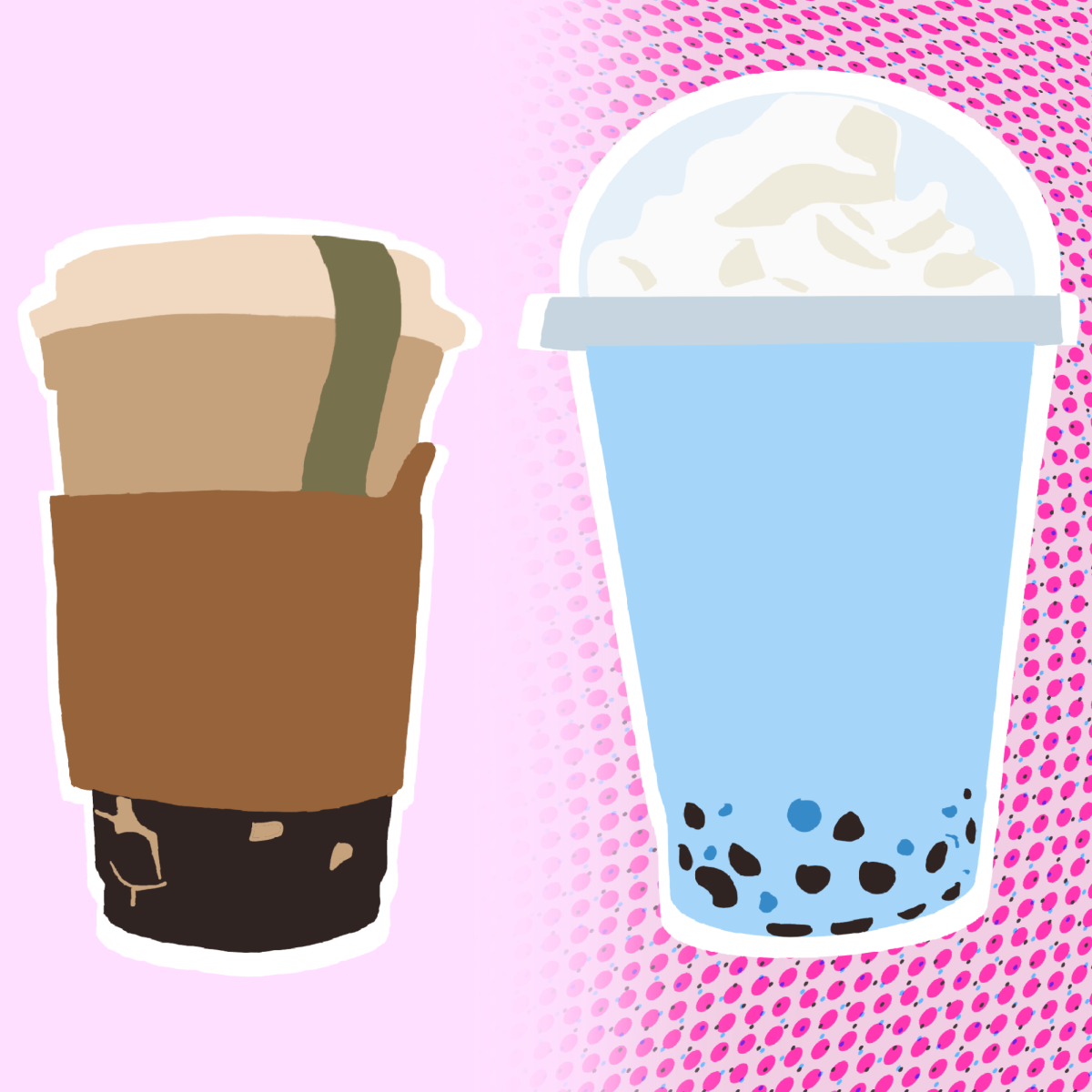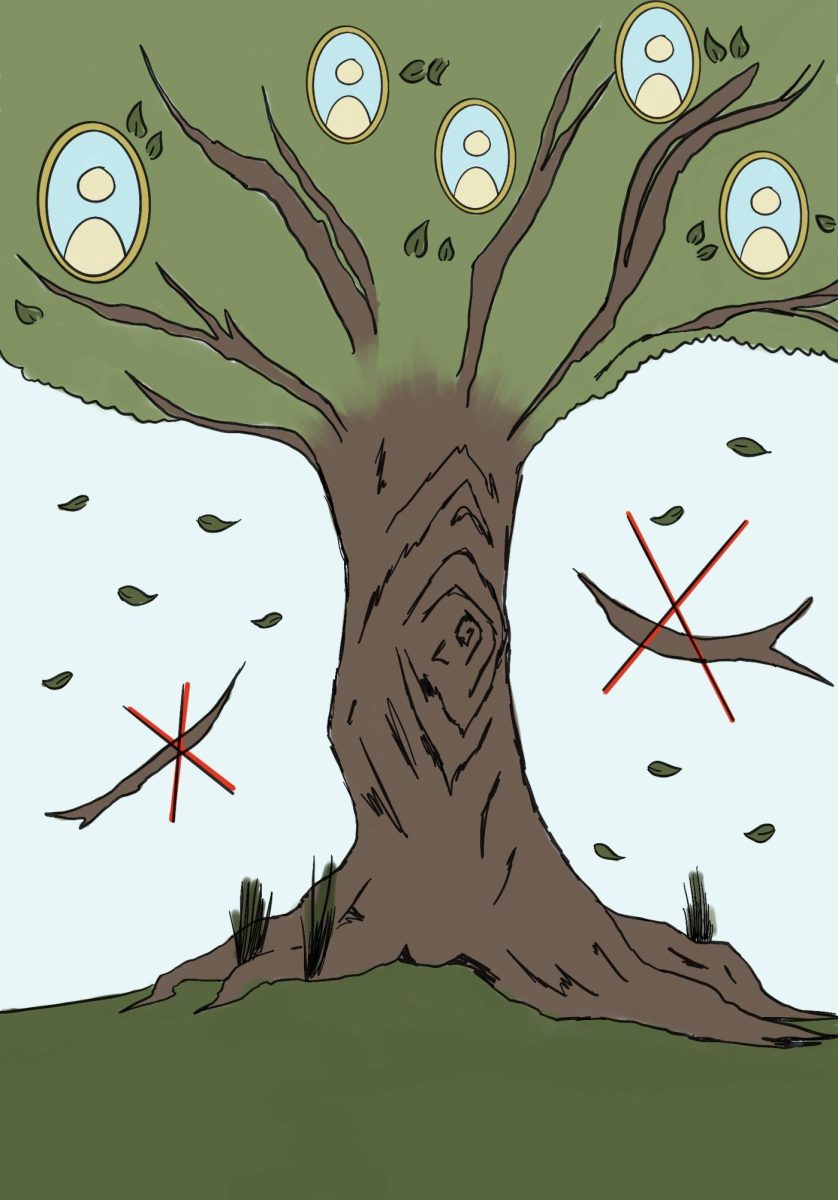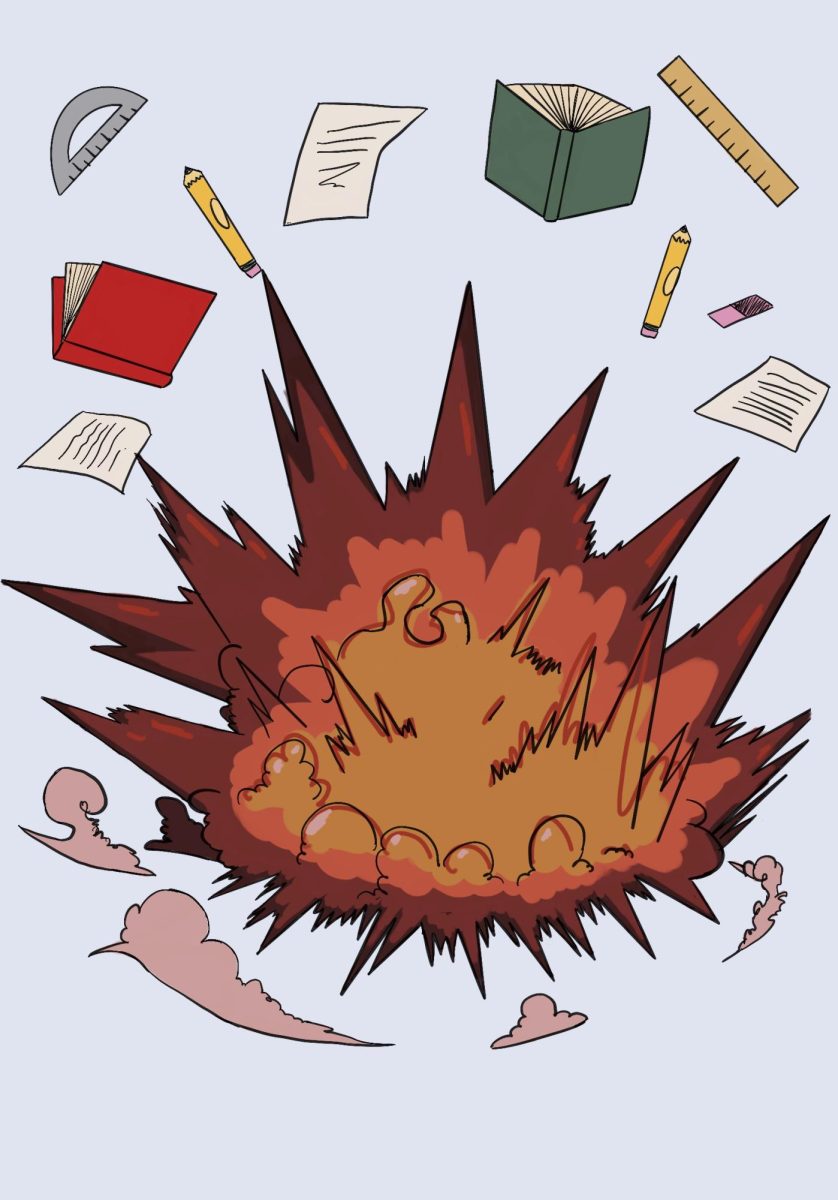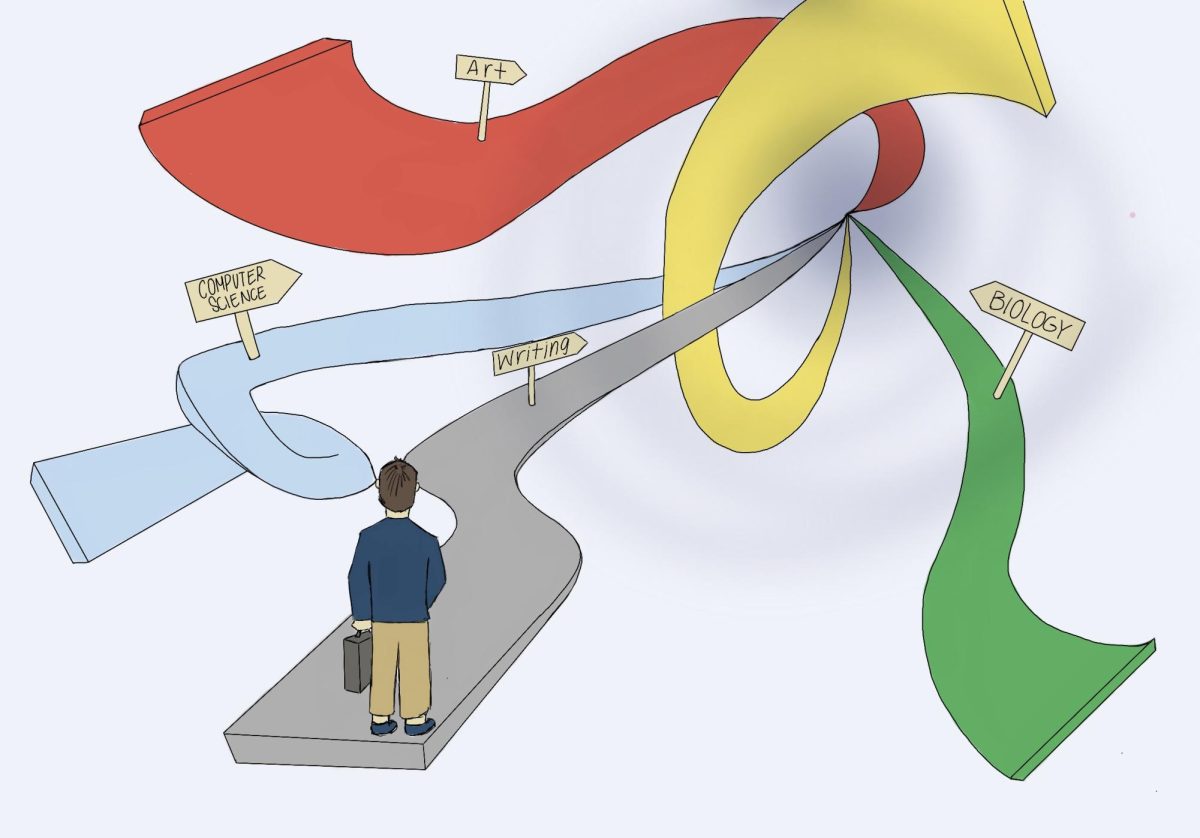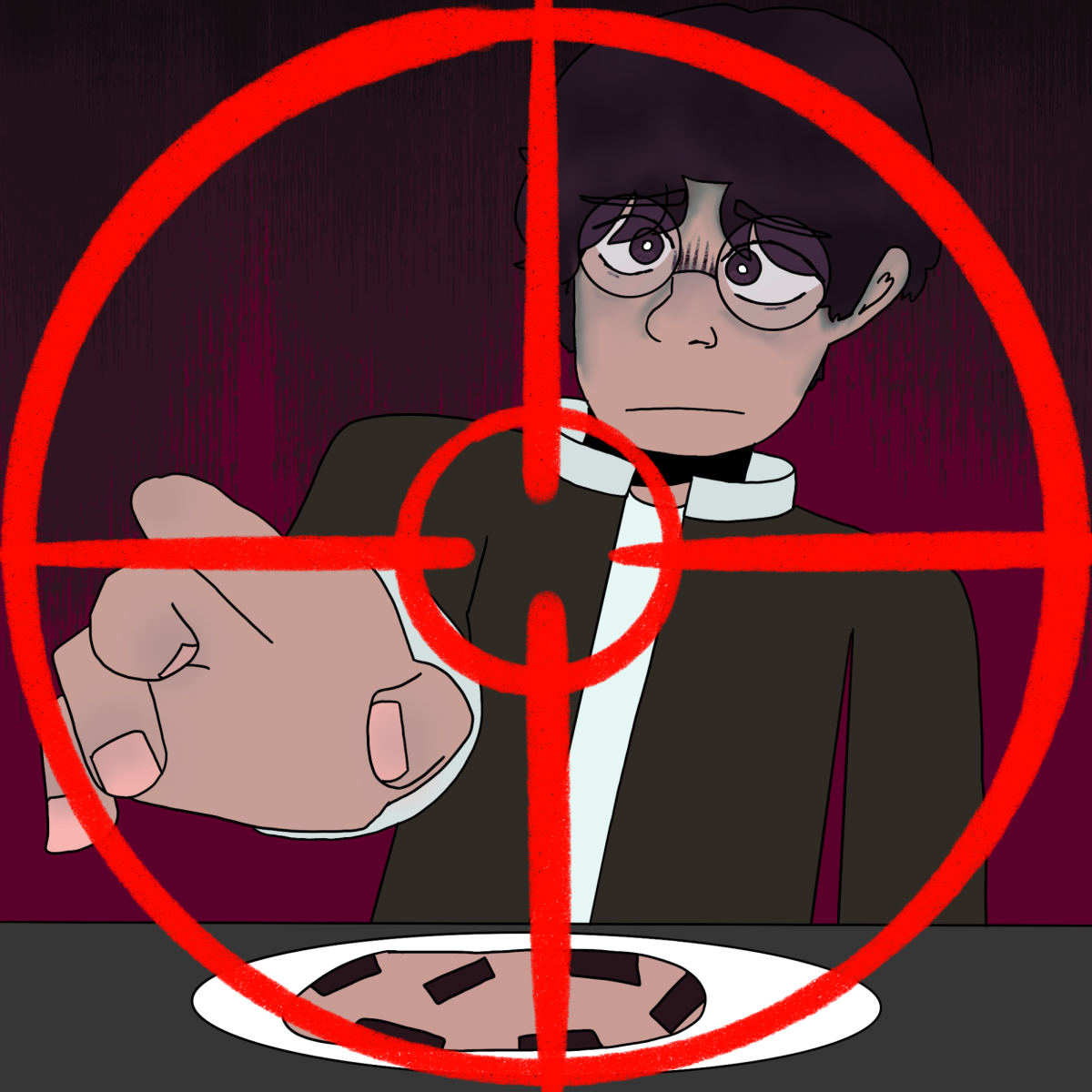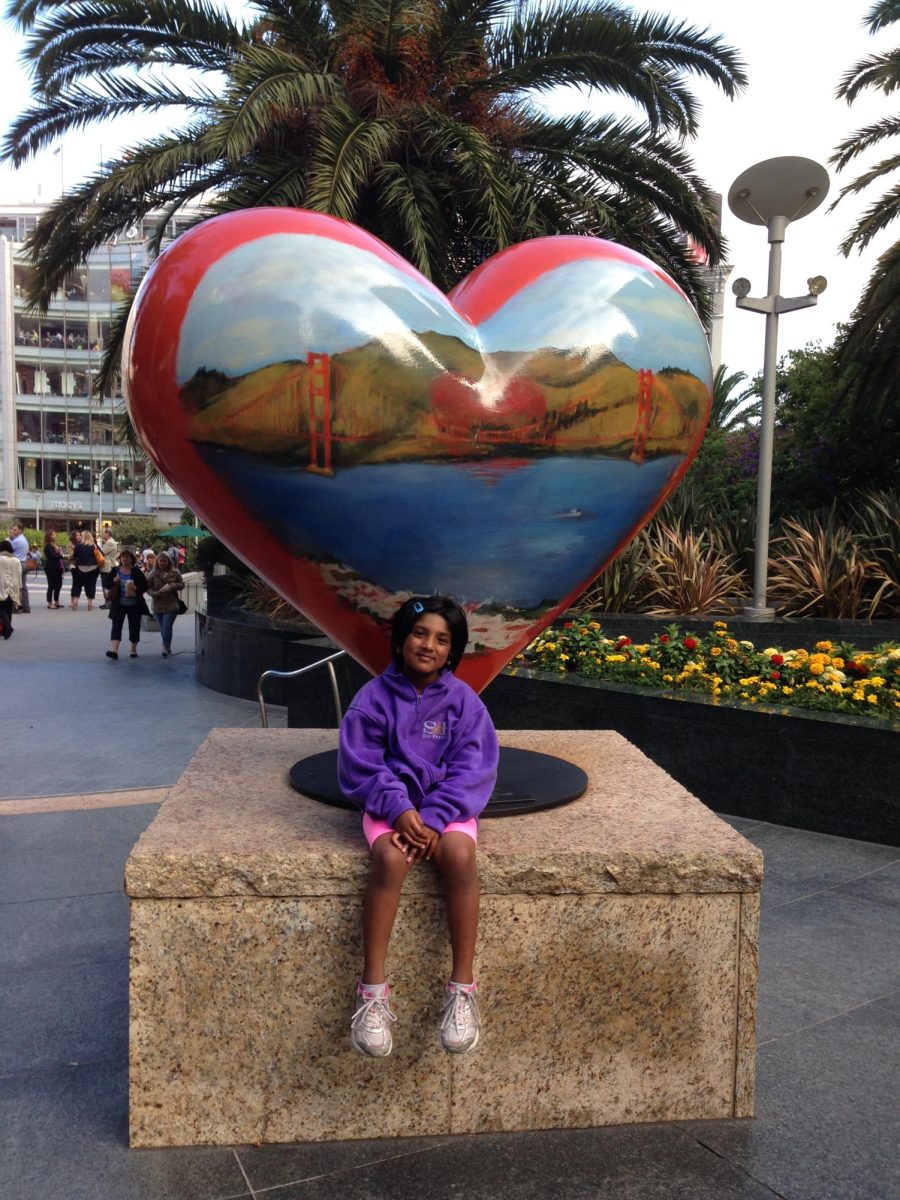On the left side is a traditional Taiwanese bubble tea and on the right side is its American adaptation.
Invented in the 1980s, bubble tea was once a simple drink enjoyed mostly in the streets of Taiwan. The drink, now popularly known as boba, has become a global phenomenon. However, in the process of its popularization, boba has become significantly “Americanized,” and not necessarily for the better.
Traditionally, boba is made with tea, milk, sweetening, and tapioca pearls. Now the drink has evolved into several variations with toppings such as artificially flavored syrups, whipped cream, and other sugar-filled add-ons. These toppings are often artificially colored to make the drinks aesthetically pleasing or appealing to social media. Instead of valuing the traditional roots of the drink, the focus of boba has shifted into what is more marketable to western consumers. The prioritization of making the drink more eye-appealing and profitable than authentically flavored has led to the decline of its cultural significance.
Another notable change to boba when it came to America was the over-the-top increase in flavor offerings with far from authentic flavors such as cotton candy, cookies and cream, cheesecake, and more. Although this makes the drink more engaging and appealing to new (especially younger) consumers, it also detracts from the pleasant simplicity that characterized the original.
Once a balanced drink of tea and chewy tapioca pearls, boba is now just getting sold for indulgence and profit. The shift has stripped the drink of its cultural heritage and the qualities it once became popular for. Appealing to the “American palate” has come at the cost of concentrated sugar syrup concoctions, overly sweet flavors, and a delusion of the drink’s original essence.
After seeing potential for profit in the boba trend, major drink corporations like Starbucks and Dunkin’ Donuts decided to adopt their own versions of the drink. Starbucks launched its boba drinks, all served with raspberry boba pearls, this summer, while Dunkin’ Donuts had released its version a few years ago, calling them “Popping Bubbles.”
It’s understandable for corporations to want to hop onto a trend that the majority of their consumers seem to be interested in. However, this comes at a large price; these heavily sweetened concoctions are a far cry from the traditional tapioca pearl tea that gained original popularity.
Many other major corporations have since tried to take part in this so-called boba craze, but their versions resembled the same pattern of offering something quick, cheap, and extremely sweet to satisfy a mass market rather than providing an authentic experience. The lack of focus on legitimacy brings an out-of-touch aftertaste to the drinks that can’t be shaken.
While many boba shops have tried to keep their authenticity intact, the fast-food culture of America has forced them to focus on speed, convenience, and low prices, leading to a decline in quality. Since boba is now less aligned with its origins, it has been stripped of its cultural heritage.
A drink that was once served as an experience amongst people in East Asia and a reflection of Taiwan’s tea culture has now become a drink reduced to slurping a sweet, syrupy liquid through a wide straw, a victim of commercialization and capitalization.

